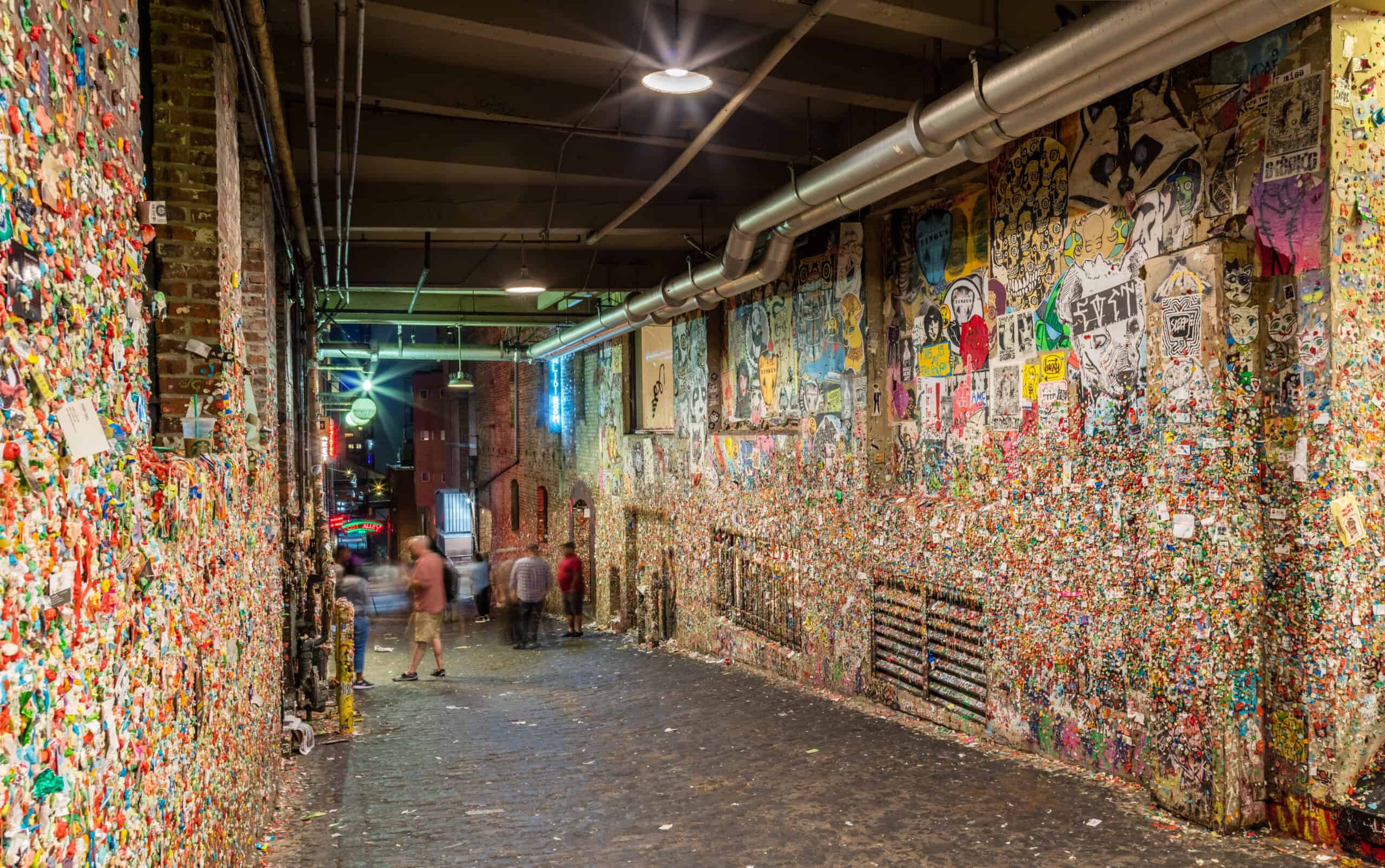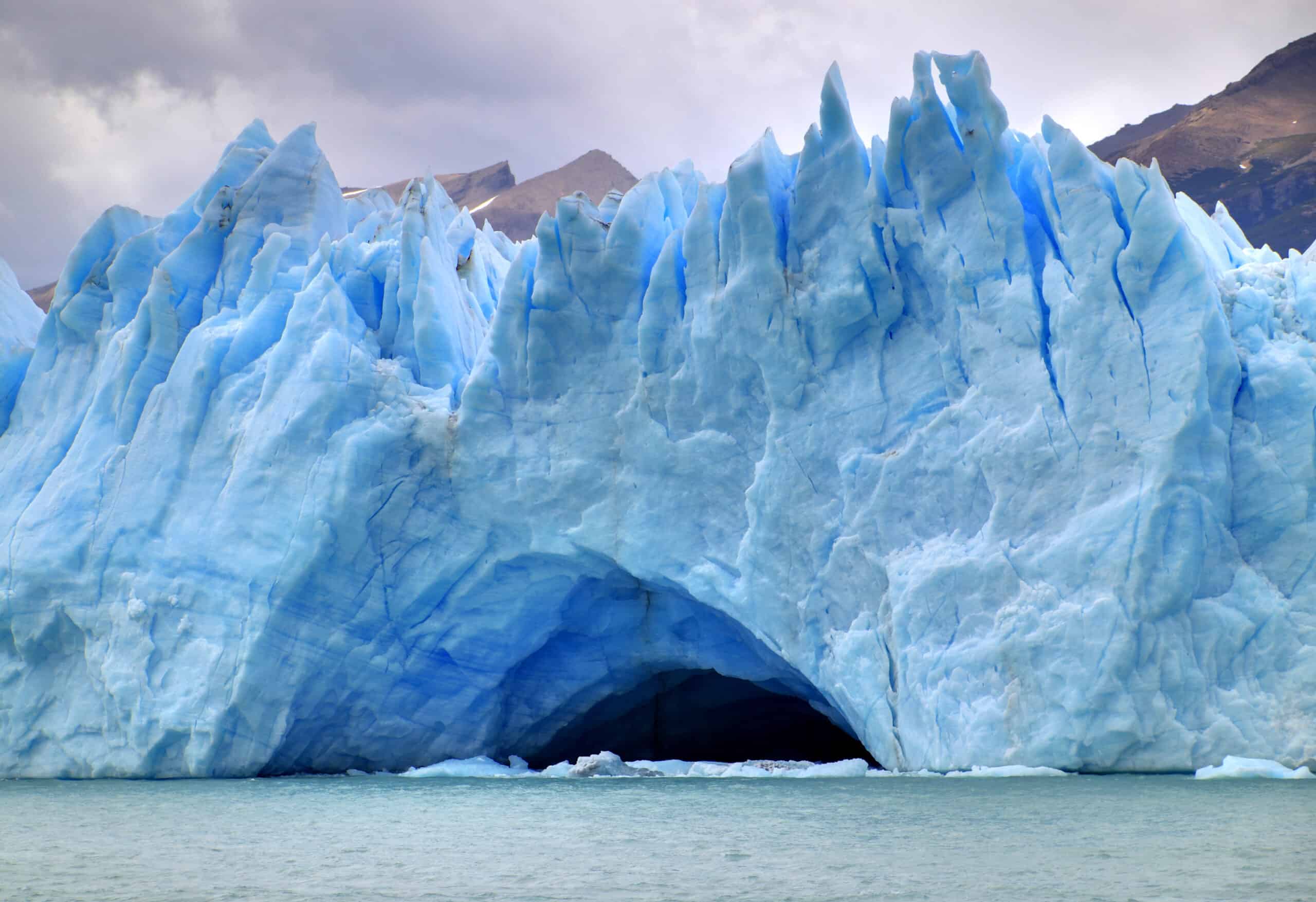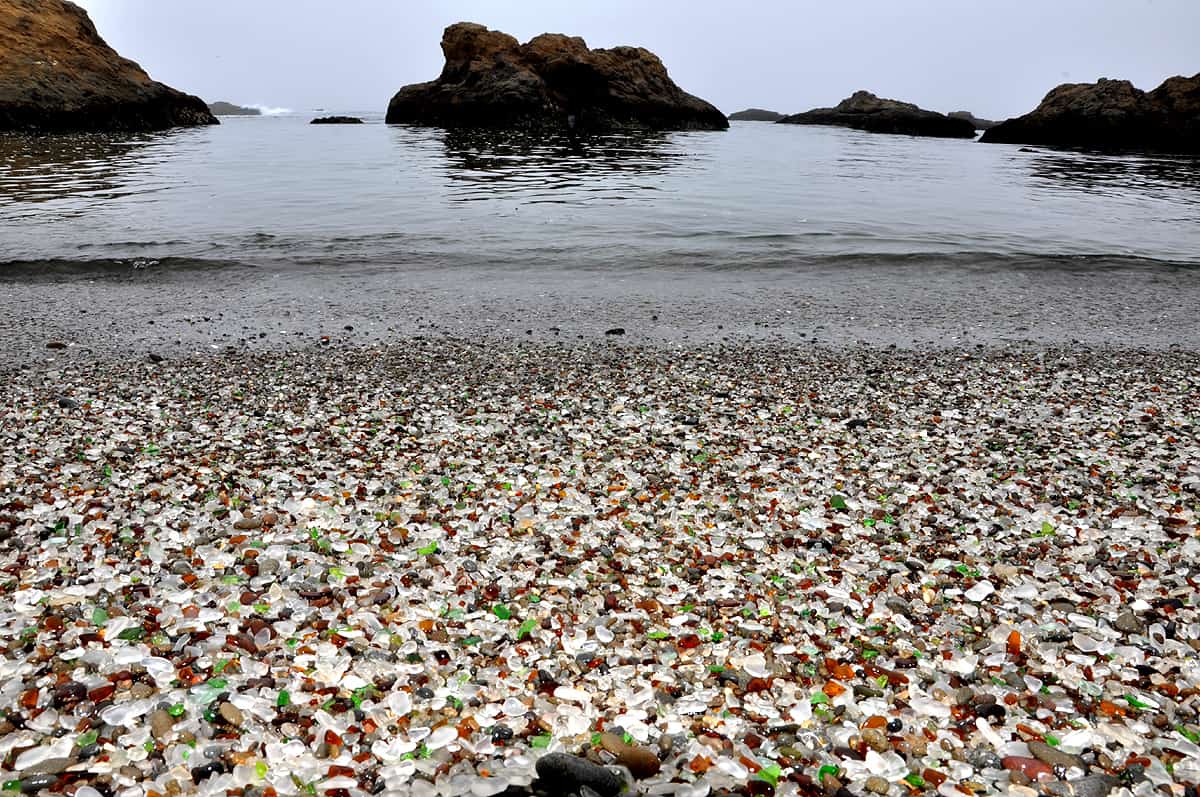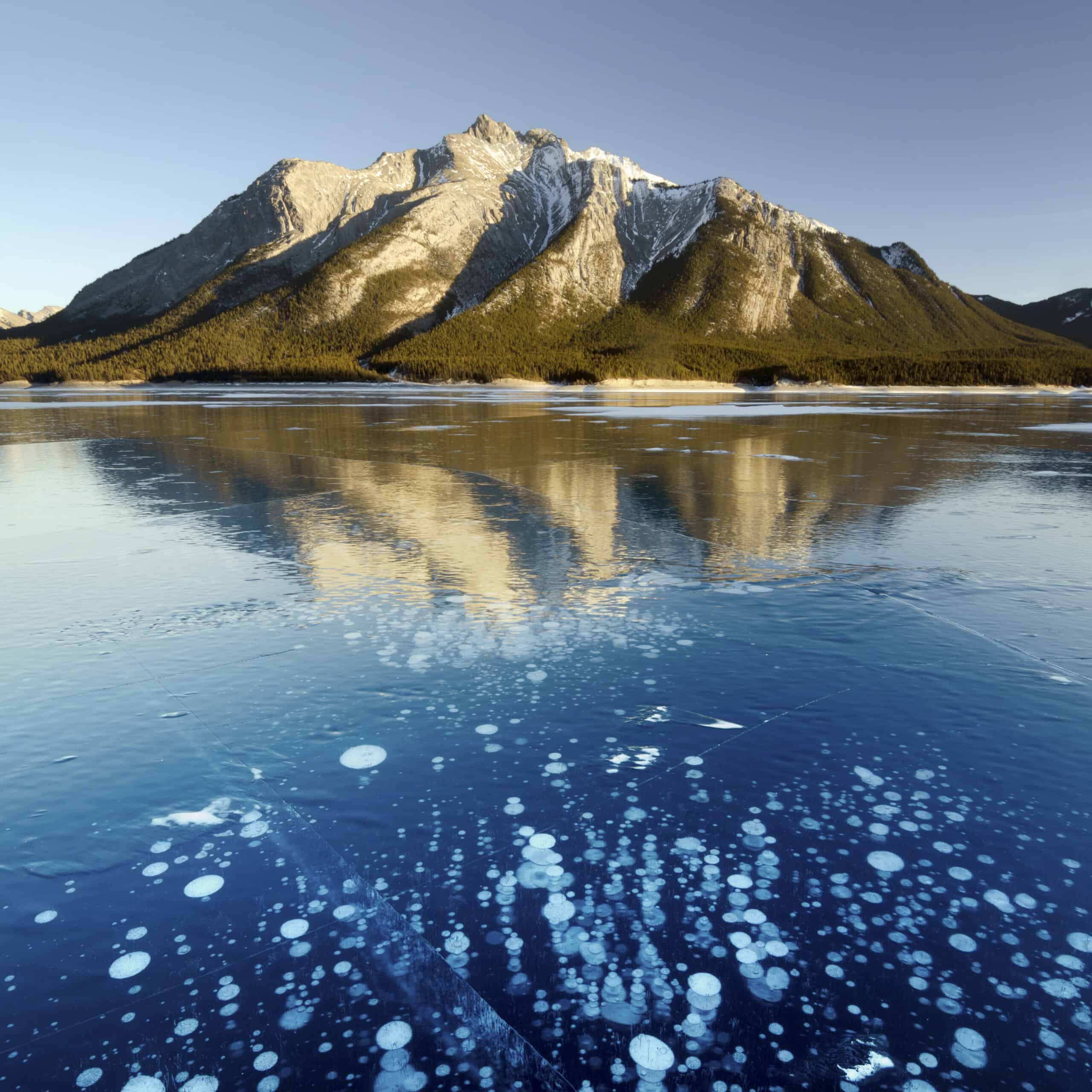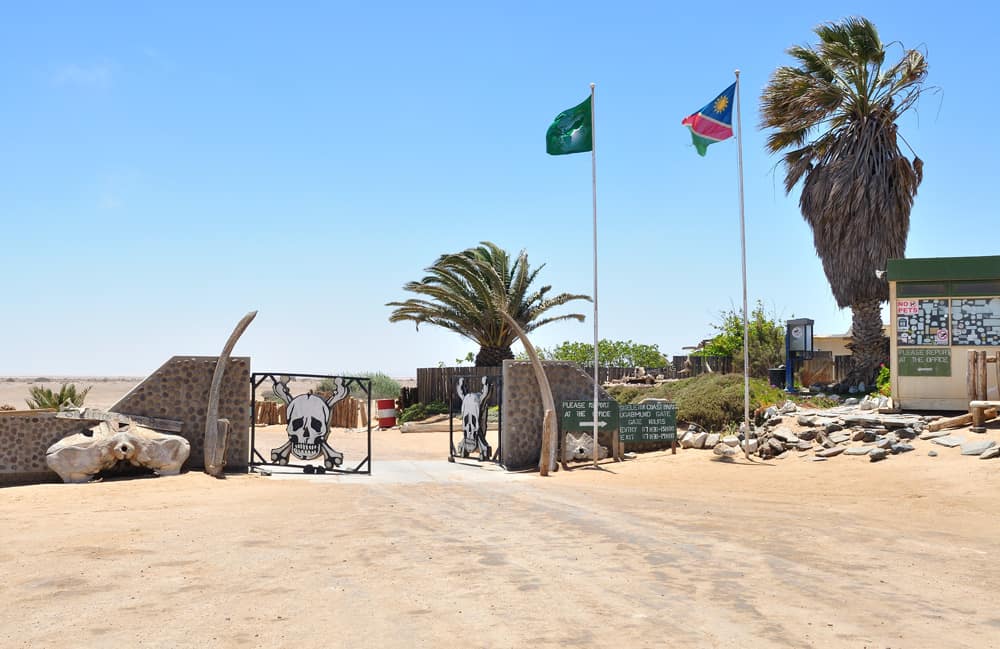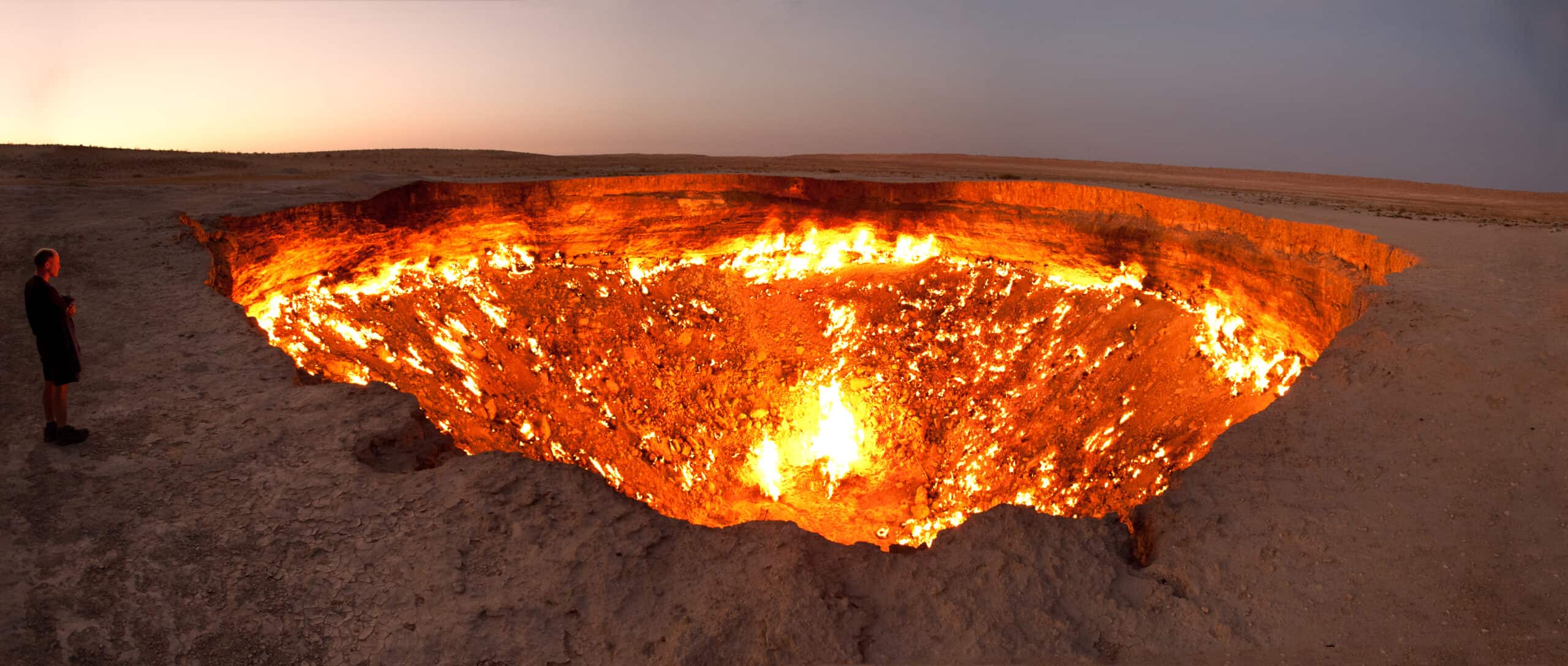The world is filled with an abundance of incredible landscapes; natural wonders that Mother Nature created over millions of years that allows us to marvel at their creations. Many of these are places we dream about or have already visited – from the Grand Canyon and the Great Barrier Reef to the Cliffs of Moher and the Galapagos Islands.
For every place that is teeming with visitors hoping to get that perfect picture or just gaze in wonder at the beauty before them, other spots are yet to be discovered, unseen by human eyes. (There are also those natural wonders that no longer exist.)
24/7 Tempo compiled a list of breathtaking places you never knew existed. These lesser-known locales consist of natural formations, man-made marvels, and rare or strange occurrences that should invigorate your sense of adventure. Some of these places are so remote that they have remained hidden gems, only witnessed by locals and the most determined of explorers. Others were built by creative people who wished to fill the world with mystery.
No matter how they came to be, these places can often inspire you, whether you travel to discover them for yourself or simply look at them for inspiration to seek out marvels closer to home. Beauty can be found in the most unlikely of places — like these must-visit hidden parks in America’s 25 biggest cities.
Luckily, thanks to many websites, you don’t have to visit all to see their stunning beauty but can experience many through the photographs of other avid explorers.
Methodology
To compile a list of breathtaking places you never knew existed, 24/7 Tempo reviewed travel magazines such as National Geographic Traveler and travel blogs. We picked places that vary from man-made structures such as unique hotels to naturally formed lakes in national parks. We aimed for a list that represents all seven continents.
Red Sand Beach, Maui, Hawaii
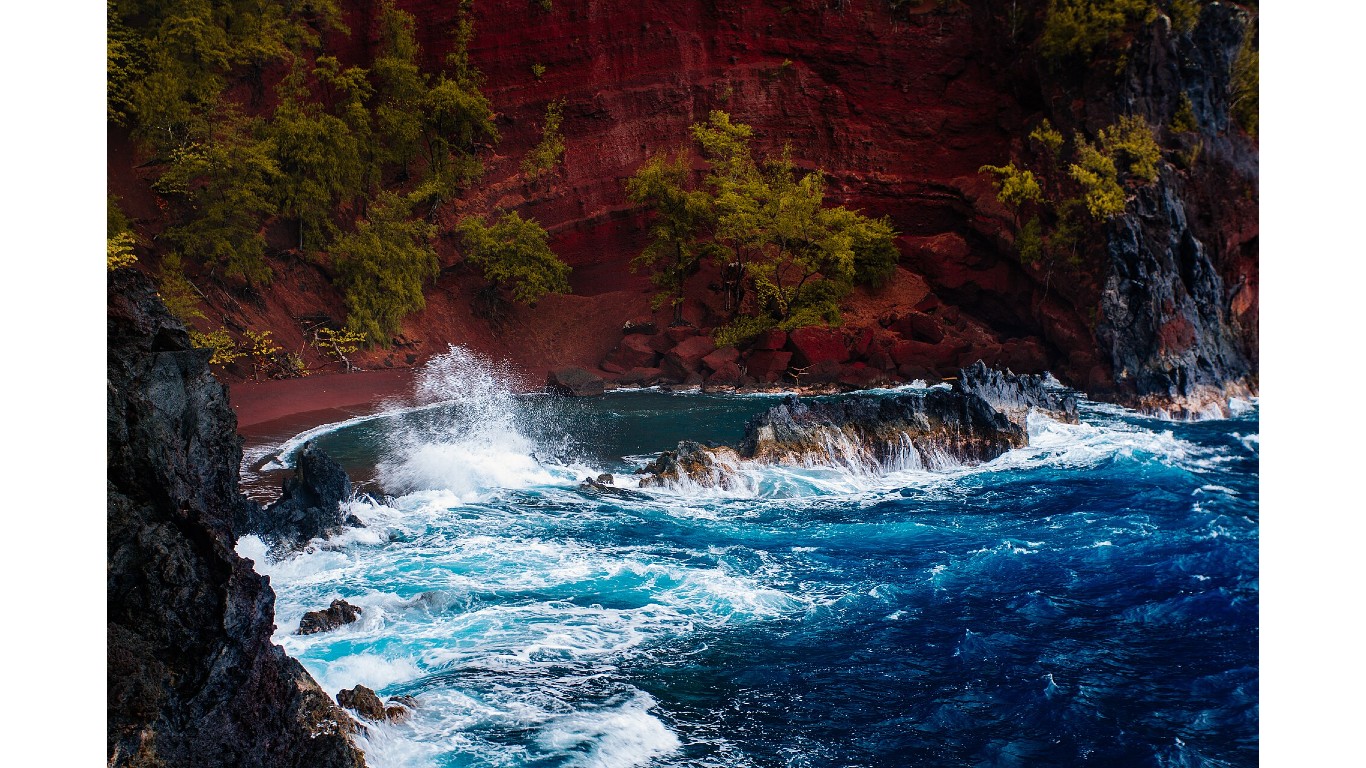
This hidden cove in Maui, Hawaii is only accessible by trekking along a dangerous, slippery trail that follows steep cliffs. Once there, Red Sand Beach, also known as Kaihalulu Beach, is a colorful feast for the eyes. The beach, with its red sand, is surrounded by rusty red cliffs and black lava rocks. The ocean outside the cove is a pristine deep blue.
Zhangye Danxia Landform Geopark, China
These striped hills in Gansu are known as the Rainbow Mountains of China. This UNESCO Global Geopark is known as one of the most beautiful landforms in China. These sandstone deposits, which contain iron and other minerals, occurred about 24 million years ago and lend the landscape their colors. The resulting landscape was then slanted by the same tectonic plates responsible for the area of the Himalayan Mountains.
Beer Can House, Houston, Texas
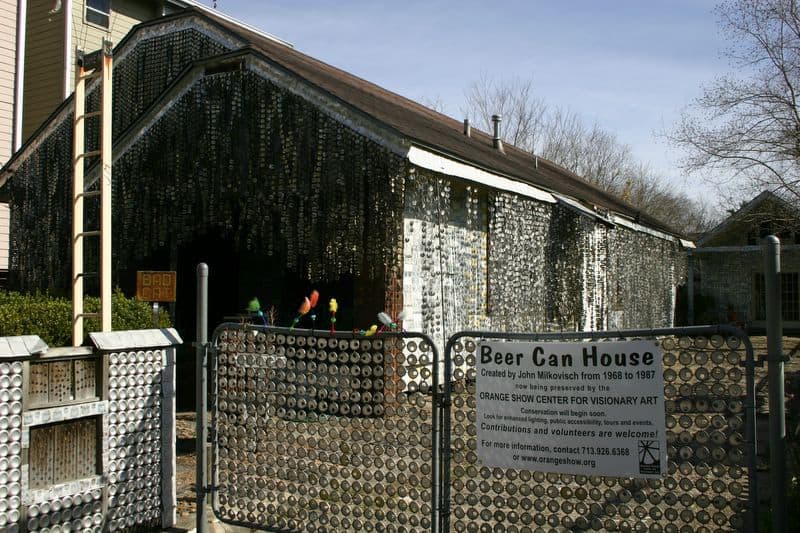
Homeowner John Milkovisch, a retired upholsterer, began covering his property in 1968 with various objects. He started with his lawn and proceeded to cover every inch of his property with various items, including rocks, marbles, and pieces of metal such as beer cans. An estimated 50,000 beer cans extend over the exterior of this Houston home.
Malabar Coast, India
Along the southwestern region of the Indian subcontinent are a series of dunes, lagoons, and inland waterways known as the Malabar Coast, which sits on the coastal plain of Karnataka and Kerala. The coastal plain is 15 to 60 miles wide and is laced with brackish water channels that are navigable by small boats.
Market Theater Gum Wall, Seattle, Washington
Beauty is in the eye of the beholder and this next marvel may not be for everyone. It started in 1993 as a small stretch of wall where people began sticking their used gum while waiting in line for a comedy show. The gum wall stretches over 50 feet on both sides of Post Alley and is now an unlikely top tourist attraction. Despite being cleaned once a year, the wall continues to draw tourists seeking to take a selfie.
Perito Moreno Glacier, Argentina
Most glaciers in the world are no longer growing but Perito Moreno Glacier in Patagonia, Argentina, is just one exception. At 19 miles long and an average of 240 feet high, the glacier covers 121 square miles and continues to expand. It is common for massive pieces of the glacier to fracture and crash into the water beneath, creating an epic spectacle for visitors.
Dole Plantation’s Giant Pineapple Garden Maze, Wahiawa, Hawaii

The Dole Plantation is located on the island of Oahu and includes what was once the largest maze in the world. This tropical plant garden covers over 3 acres and contains nearly 2.5 miles of pathways. The maze is made of 14,000 iconic Hawaiian plants, including pineapples, hibiscus, and crotons, and the center is in the shape of a pineapple.
Glass Beach, Fort Bragg, California
What started as an unofficial town dump site in the early 1900s in MacKerricher State Park is a beach now covered in sea glass. Cleanup efforts began in the ’60s, and Glass Beach became part of MacKerricher State Park in California in 2002. Visitors are welcome to enjoy the weathered glass and trinkets, but in an effort to keep Glass Beach just that, it is prohibited to remove glass or other treasures from the beach.
Nuclear Waste Adventure Trail, Weldon Spring, Missouri
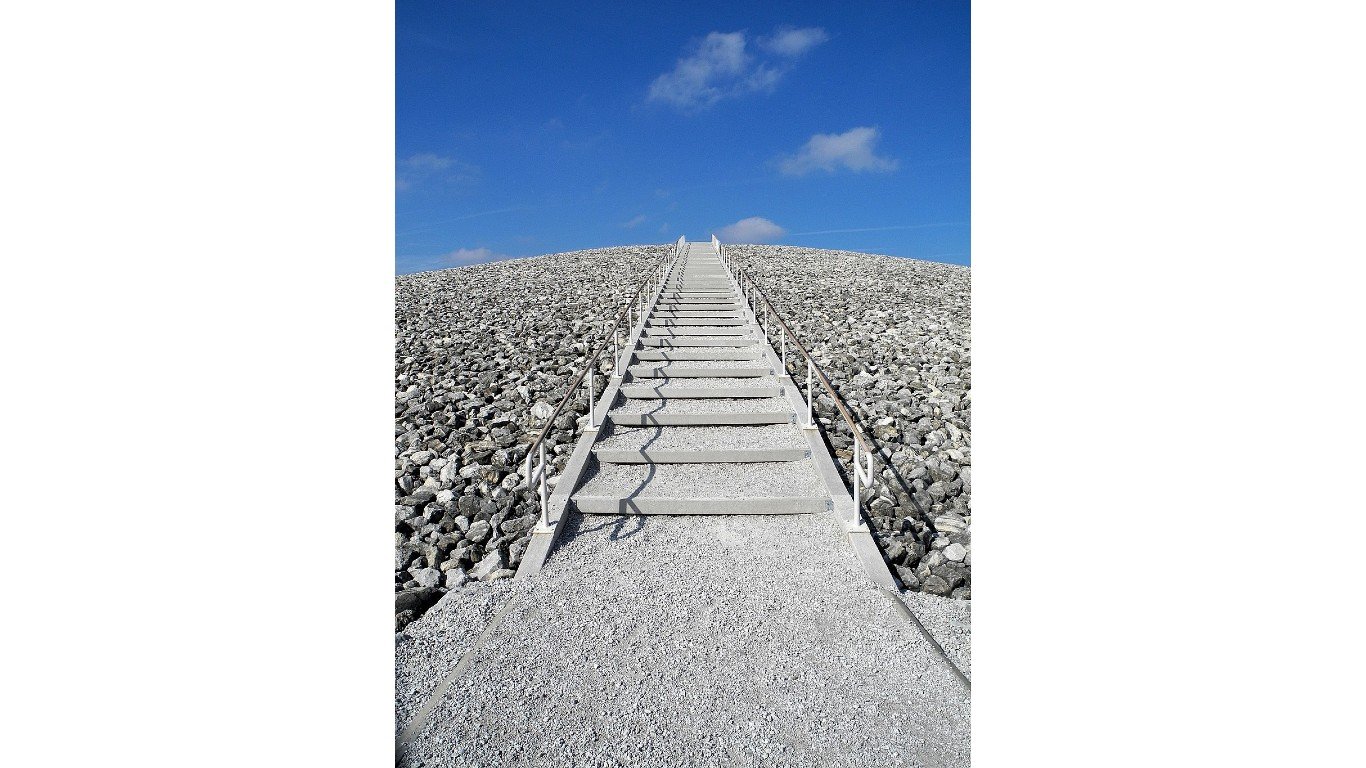
Formerly the site of the largest explosives factory in the United States, and then a uranium refinery, this man-made hill in Missouri is an entombed hazardous waste site. After 15 years of cleanup and hundreds of millions of dollars spent, the Disposal Cell is now considered a safe recreational area and is a popular spot for birdwatchers and stargazers.
Lake Abraham, Alberta, Canada
Located in the Kootenay Plains area of Alberta in the Canadian Rockies, winter sees frozen bubbles of methane filling this ice-covered lake, creating a surreal landscape that draws photographers to this Rocky Mountain locale. The bubbles are created when bacteria consume decaying organic matter and release methane as waste, which becomes trapped in the frozen lake.
Paper House, Rockport, Massachusetts
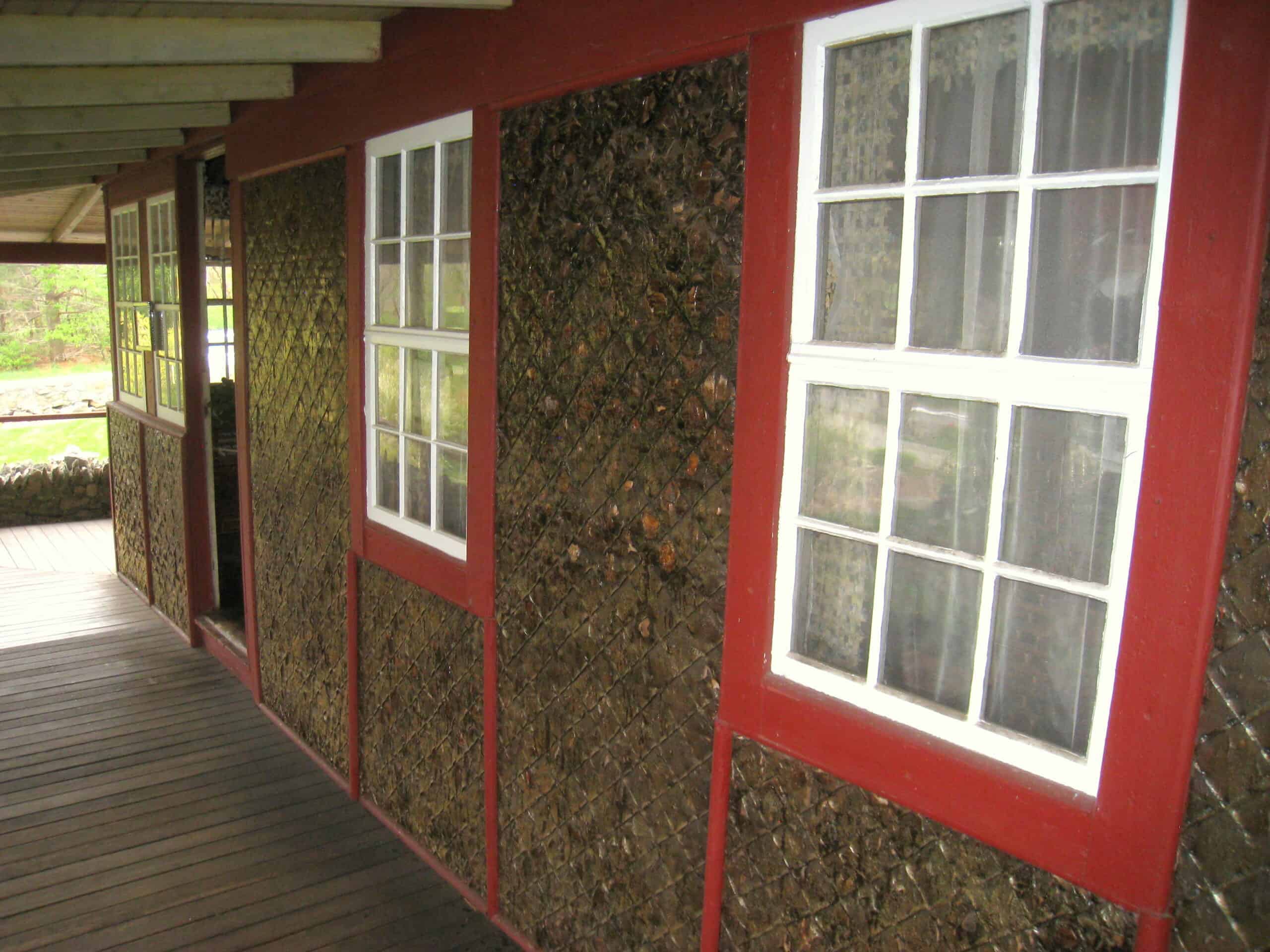
Beginning in 1922, mechanical engineer Elis F. Stenman began constructing his home out of traditional materials. When he got to the walls, he decided to try using newspaper. By the time he was done and moved out in 1930, the walls, furniture, and doors were fashioned out of 100,000 newspapers. The Paper House is now a museum that is tourable by donation.
Skeleton Coast, Namibia
Extending for about 300 miles along the Northern Atlantic, on the western coast of Namibia is a treacherous, barren shoreline that has claimed over 1,000 ships. Many of these abandoned boat hulls are still evidence of the dangerous shoreline. Called “The Land God Made in Anger” by the indigenous San people, the wild coastline bears no other signs of civilization. Dunes tower up to 300 feet along the shore, and leopards, giraffes, and elephants can be seen navigating the sand and waves.
Treehotel, Harads, Sweden
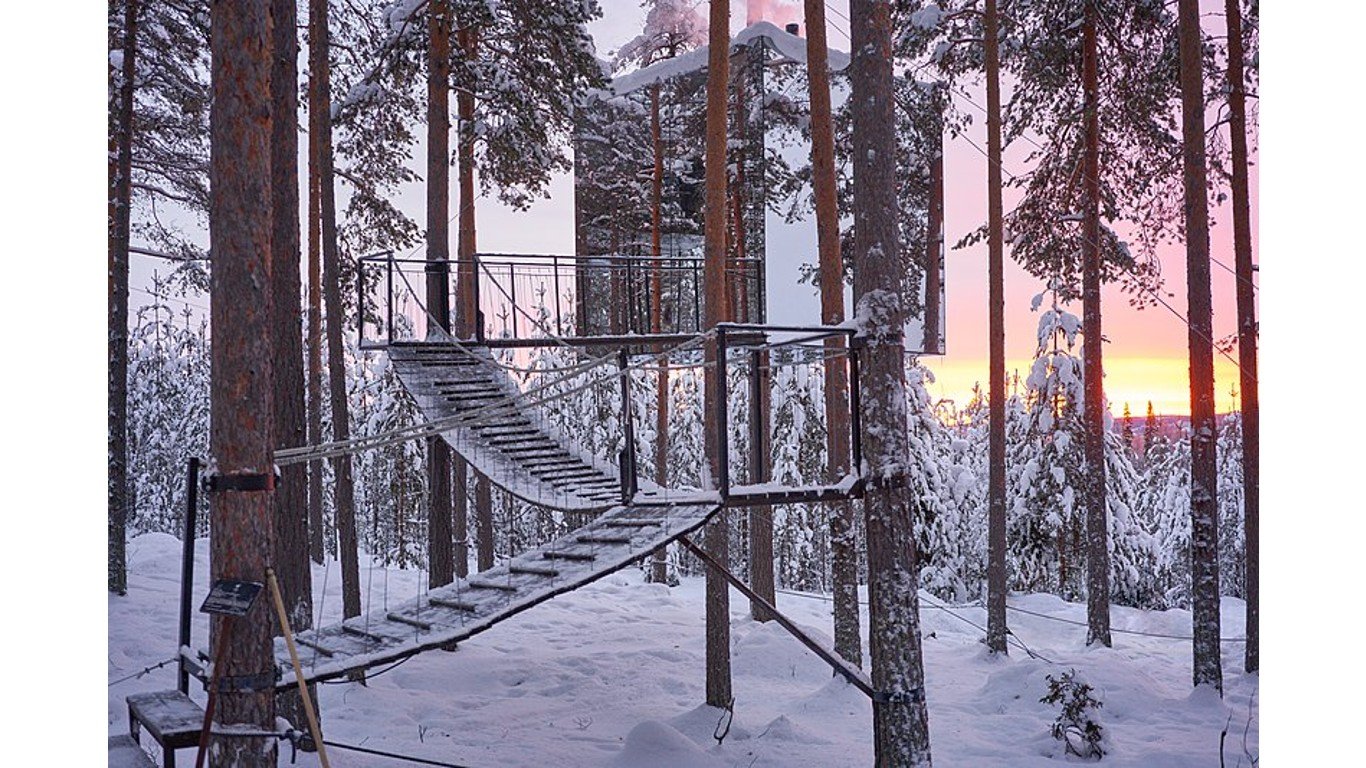
This Swedish hotel just outside the Arctic Circle, in the small far northern village of Harads, offers visitors a chance to stay in one of a variety of treehouse cottages, each designed by a different architect. The treehouses combine modernist and minimalist features and come in out-of-the-ordinary designs such as the biosphere, the birdnest, a reflective mirrorcube, and a UFO.
Corn Palace, Mitchell, South Dakota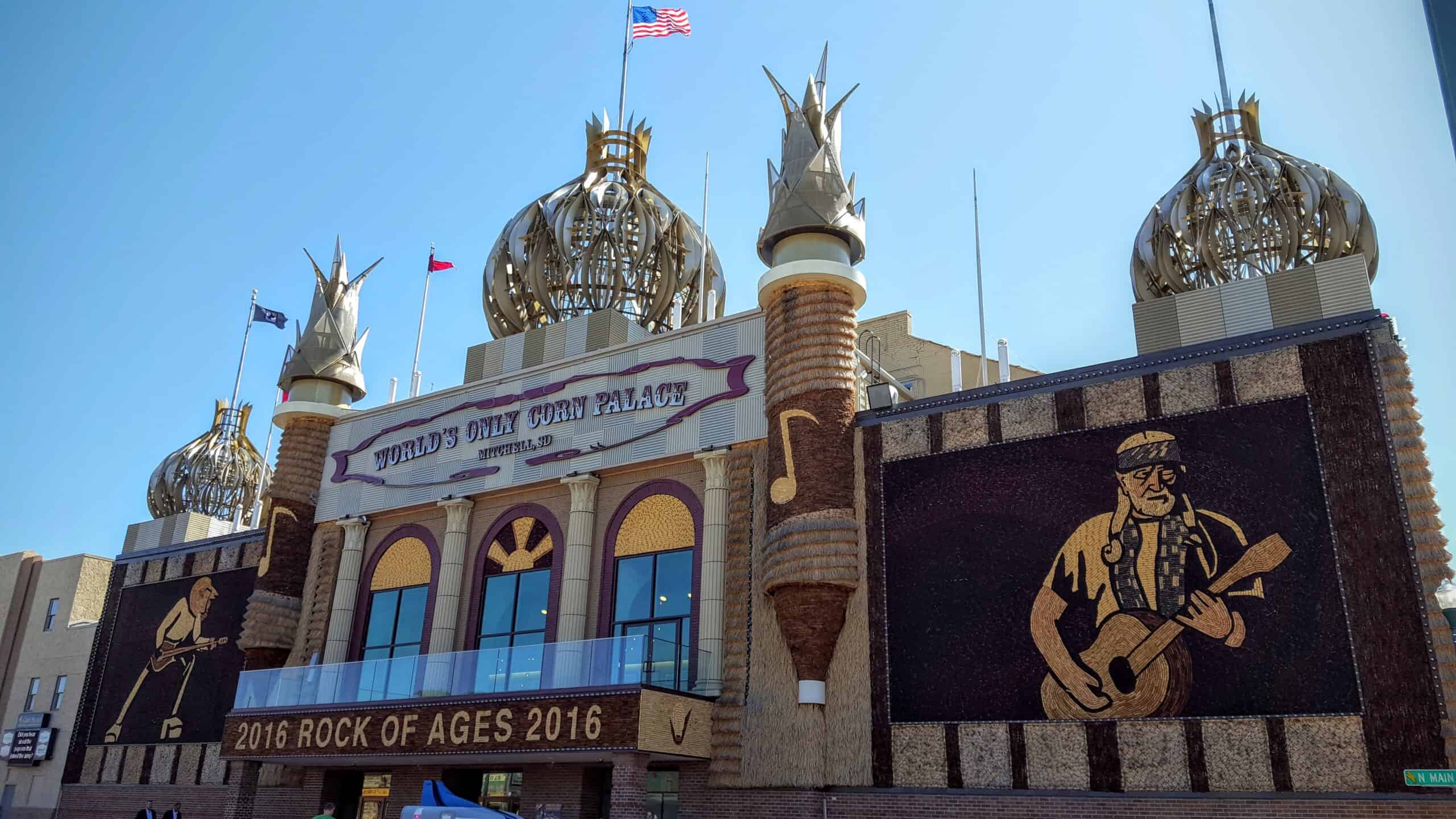 Source: Skvader, CC BY-SA 4.0 , via Wikimedia Commons
Source: Skvader, CC BY-SA 4.0 , via Wikimedia Commons

Although it has been rebuilt multiple times, the Corn Palace in Mitchell, South Dakota, also known as the “World’s Only Corn Palace”, and the Mitchell Corn Palace, was first erected in 1892 as a way to draw settlers to the self-proclaimed “Corn Capital of the World.” The concrete building’s exterior is decorated yearly with different murals made of corn ears and other grains and grasses.
Door to Hell, Turkmenistan
The Darvaza gas crater, also known as the Door to Hell or the Gates of Hell, is a 230-foot wide hole in a natural gas drilling field located in Derweze, Turkmenistan near the village of Darvaza in the middle of the Karakum Desert. The crater was formed when a Soviet drilling rig punctured a natural gas chamber and the ground collapsed under it, swallowing the rig. Fearing that poisonous gasses were being emitted, the workers lit the hole on fire in 1971 as a preventative measure and it hasn’t stopped burning since.
Reed Flute Cave, Guilin, China
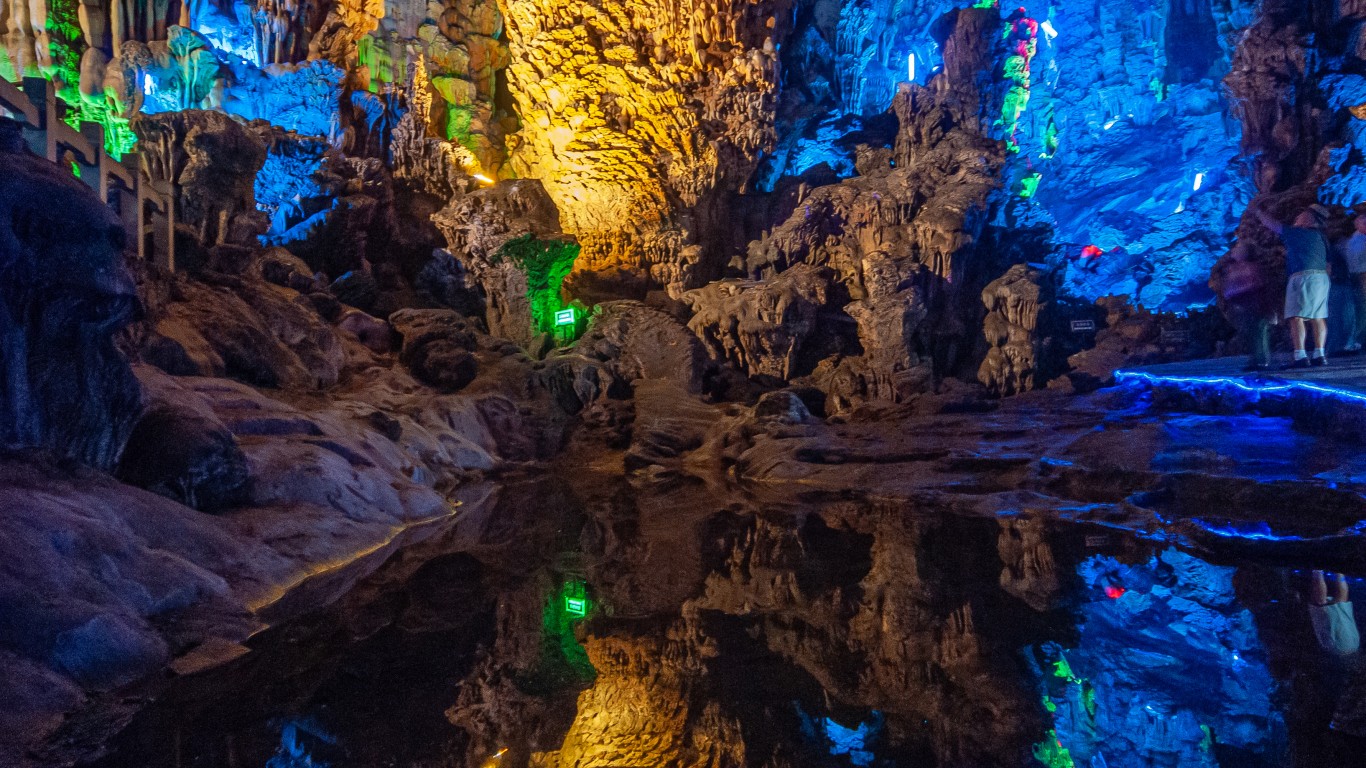
This landmark, also known as the Palace of Natural Arts is named after the reeds growing outside the cave. Although these reeds can be fashioned into musical instruments, the Reed Flute Cave’s draw is one of sight, not sound. The cavern of stone pillars, used by ancient humans and rediscovered during WWII, is now illuminated with multicolored lights and open to visitors.
Kolukkumalai Tea Estate, India
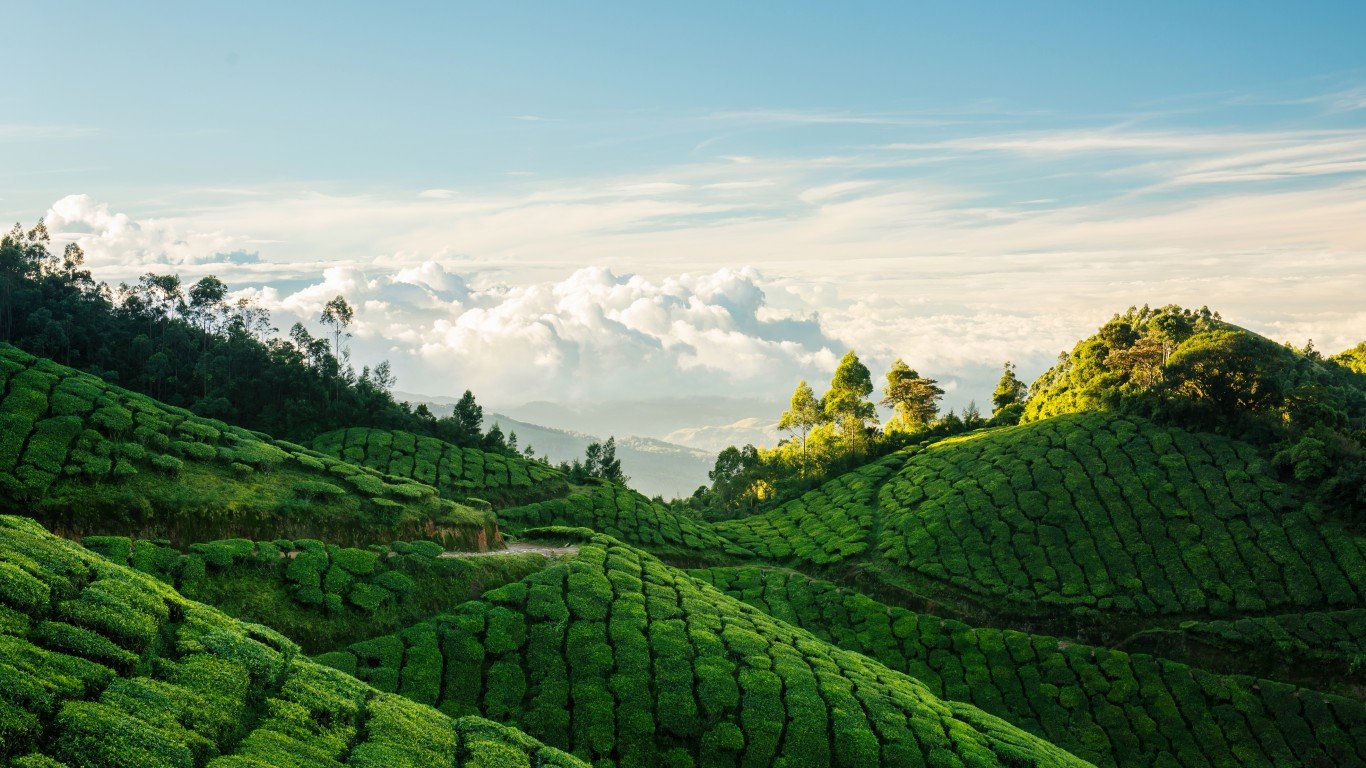
This tea estate surrounded by rugged mountains and sweeping valleys is the highest-elevation tea plantation in the world at 7,900 feet mean sea level. Visitors come not only for the majestic green views but also to witness the traditional seven-step process that turns fresh leaves into award-winning teas. Located in Tamilnadu, the tea is said to possess a special flavor and freshness because of its high altitude.
Ramla Bay, Gozo, Malta
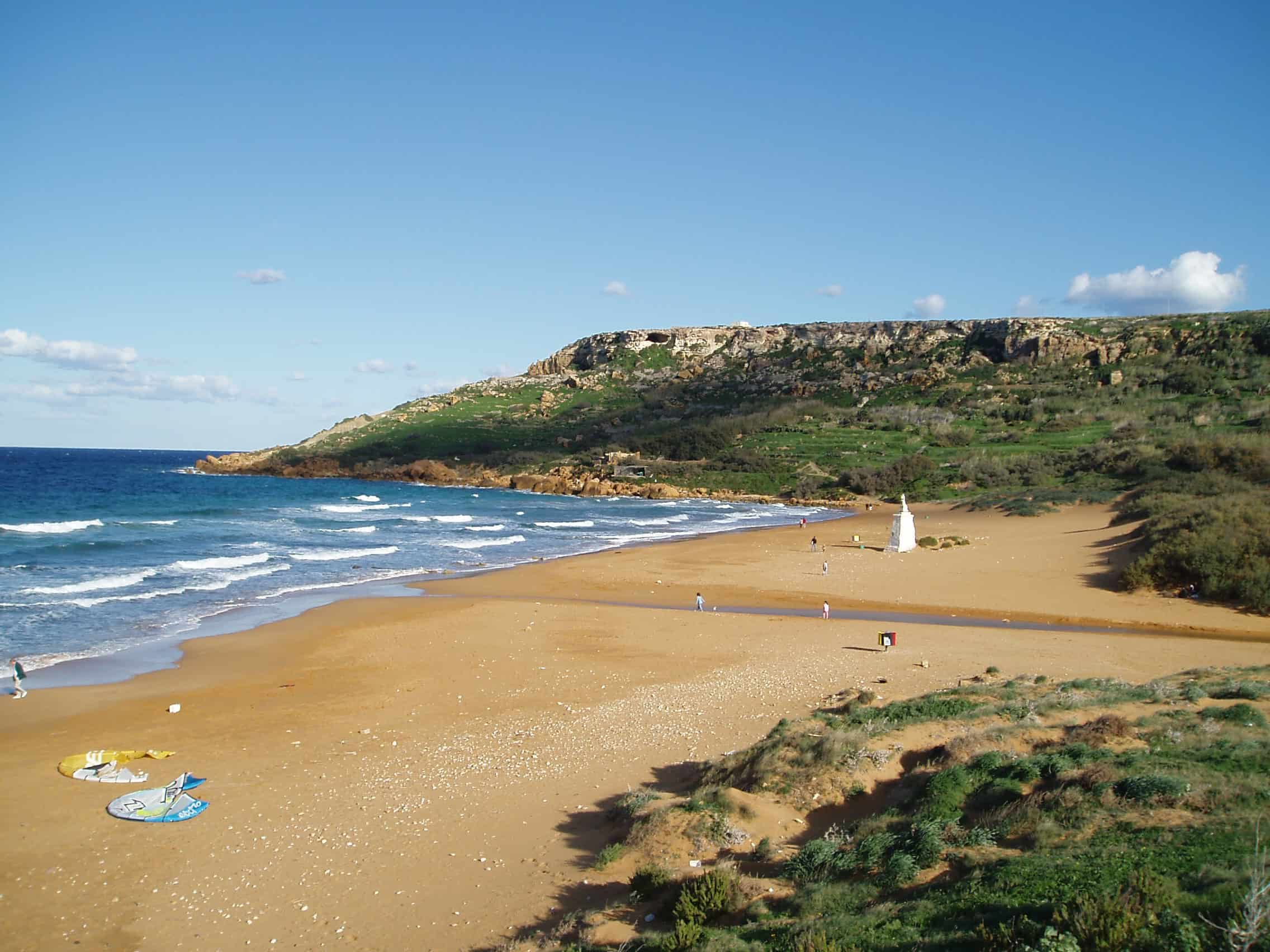
The second largest island in the Maltese archipelago is the Mediterranean island of Gozo in Ramla Bay. While much of the shoreline consists of rocky cliffs or hills, the sandy cove of Ramla Bay, also called Ramla I-Hamra, is the largest sand beach on the north shore of the island. The turquoise waters fade to deep blue as the cove opens up to the sea.
Blood Falls, Antarctica
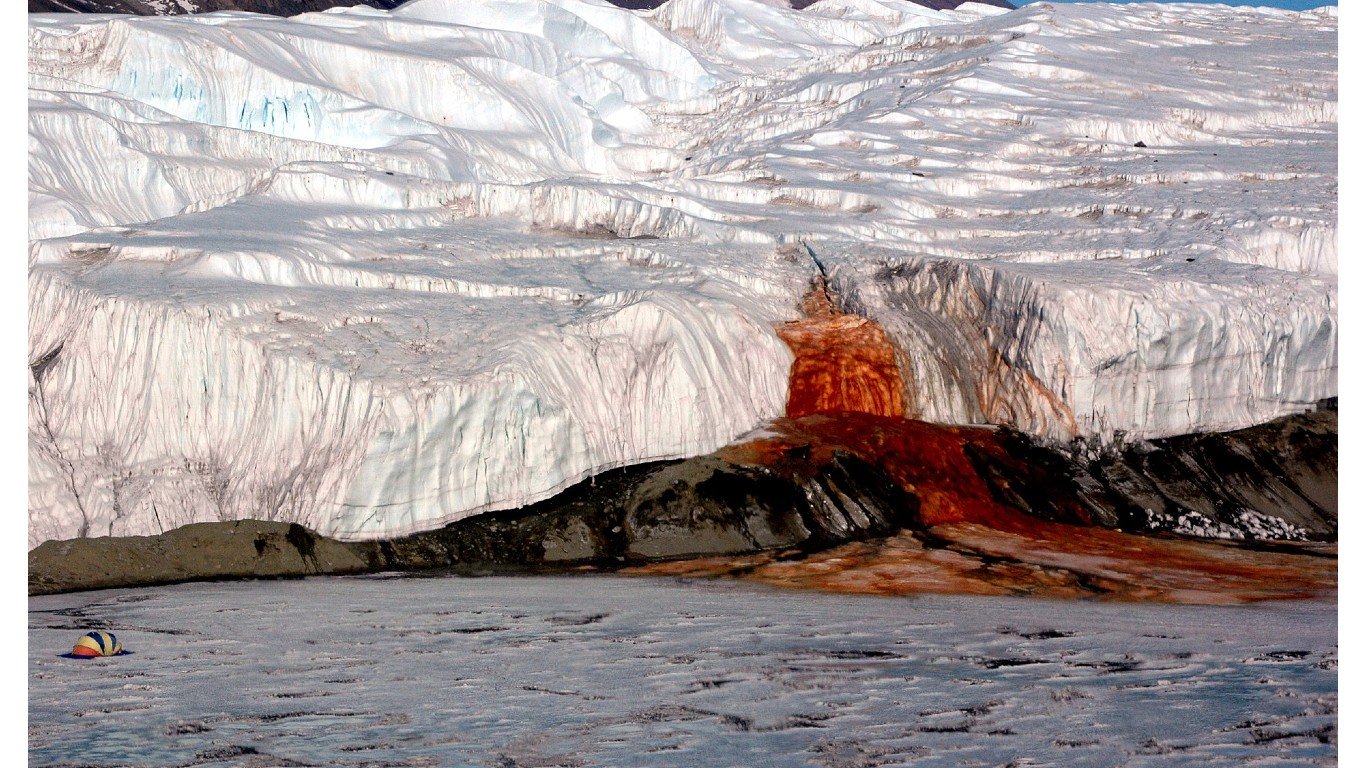
Trapped beneath Taylor Glacier in the Taylor Valley for two million years is an ancient lake that is rich in iron and is inhabited by rare microbes that have evolved independently from the outside environment. A small fissure in the glacier, discovered in 1911, allows a small amount of the lake to ooze out, creating a blood-colored waterfall that is five stories high.
Giant Crystal Cave, Mexico
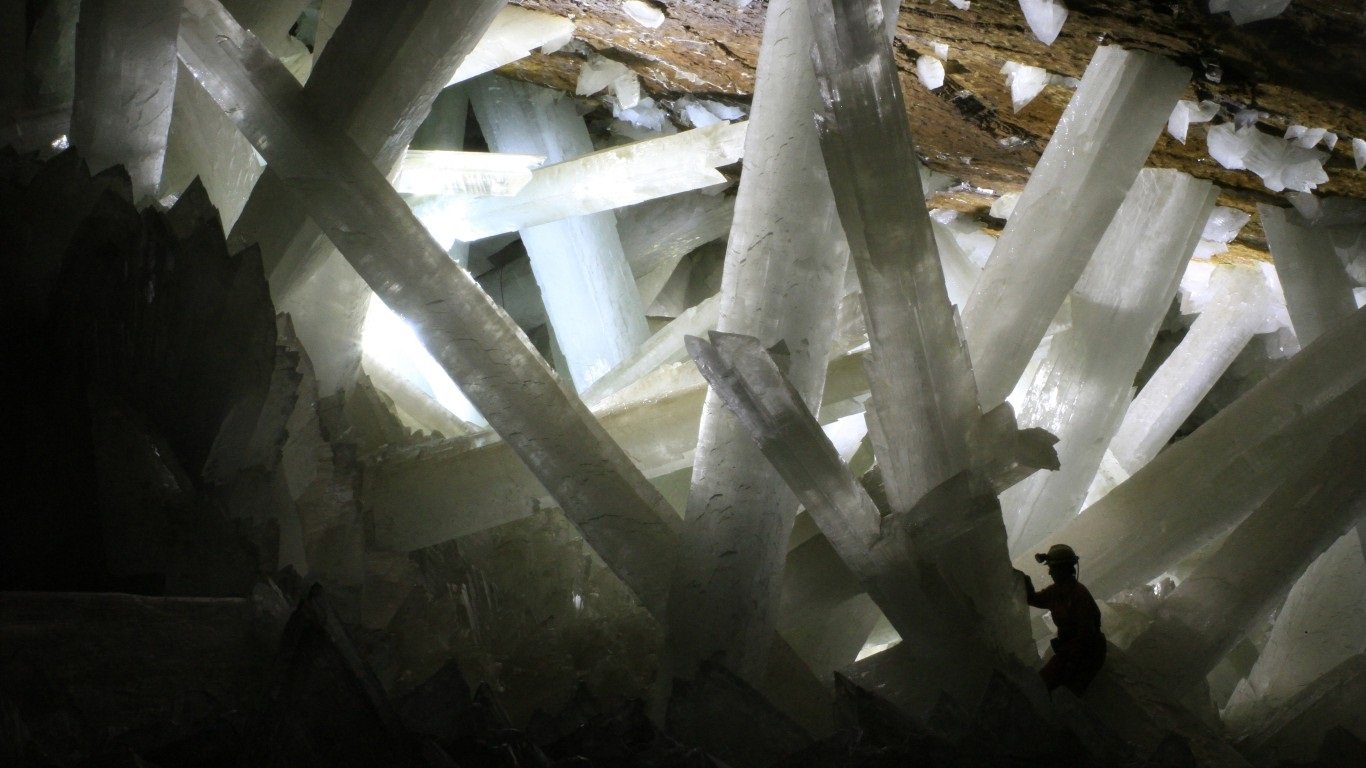
Also known as the Cave of the Crystals, this cave in Chihuahua was discovered by a mining company in 2000. The selenite crystals inside, the largest of which are 36 feet long, were formed over possibly hundreds of thousands of years until miners drained the cave and ventured inside. Visiting the cave is unfortunately nearly impossible as the heat and 100% humidity pose a life-threatening danger to potential explorers.
Crooked Forest, Poland
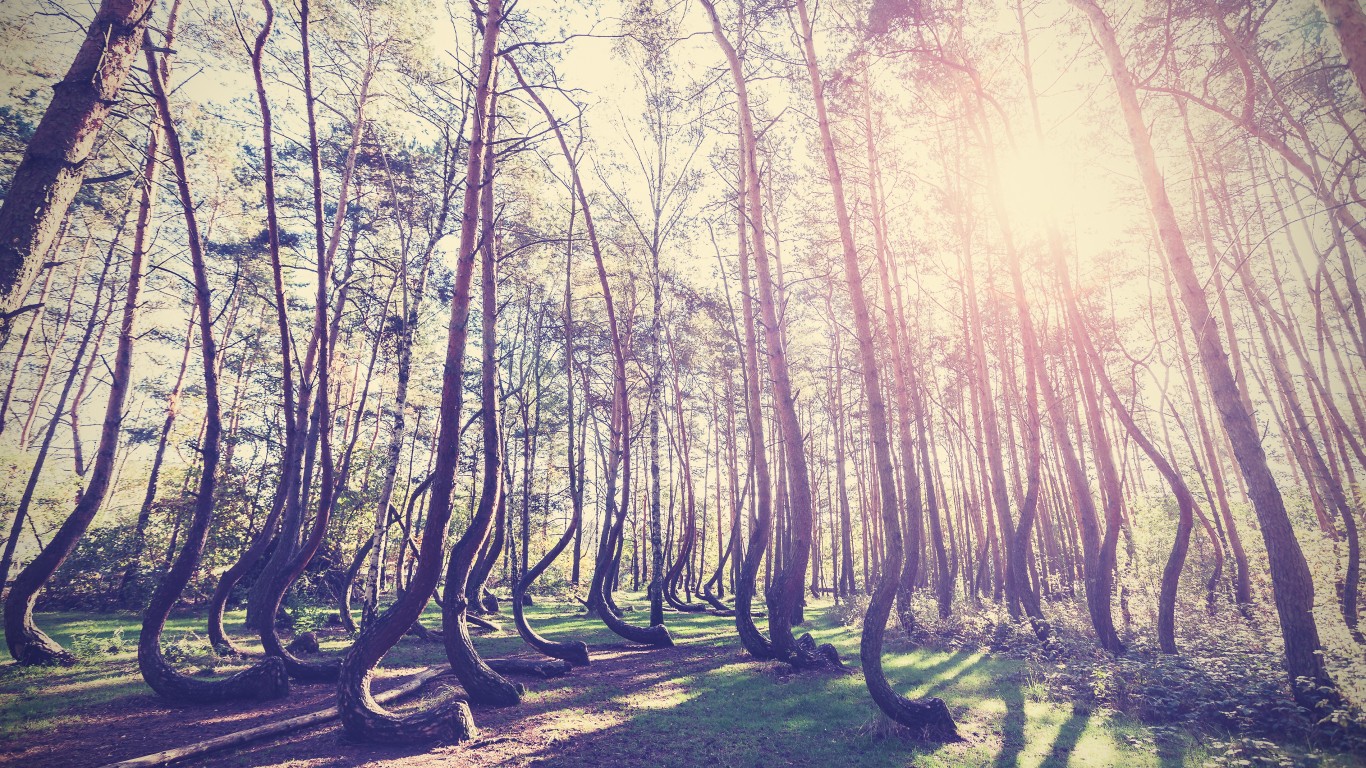
This bizarre grove of pine forest trees near the north-western town of Gryfino, Poland consists of 400 trees, all mysteriously bent at the base, forming curved trunks that eventually turn upright. Planted in 1930, these bent bines are located in the middle of a straight pine forest and have several theories as to how they obtained their shape. One plausible theory is that they were trapped under a heavy layer of snow early in their growth, giving them their shape. Another is that local foresters attempted to curve the trees to use the bent wood to make furniture.
Reynisfjara Beach, Iceland
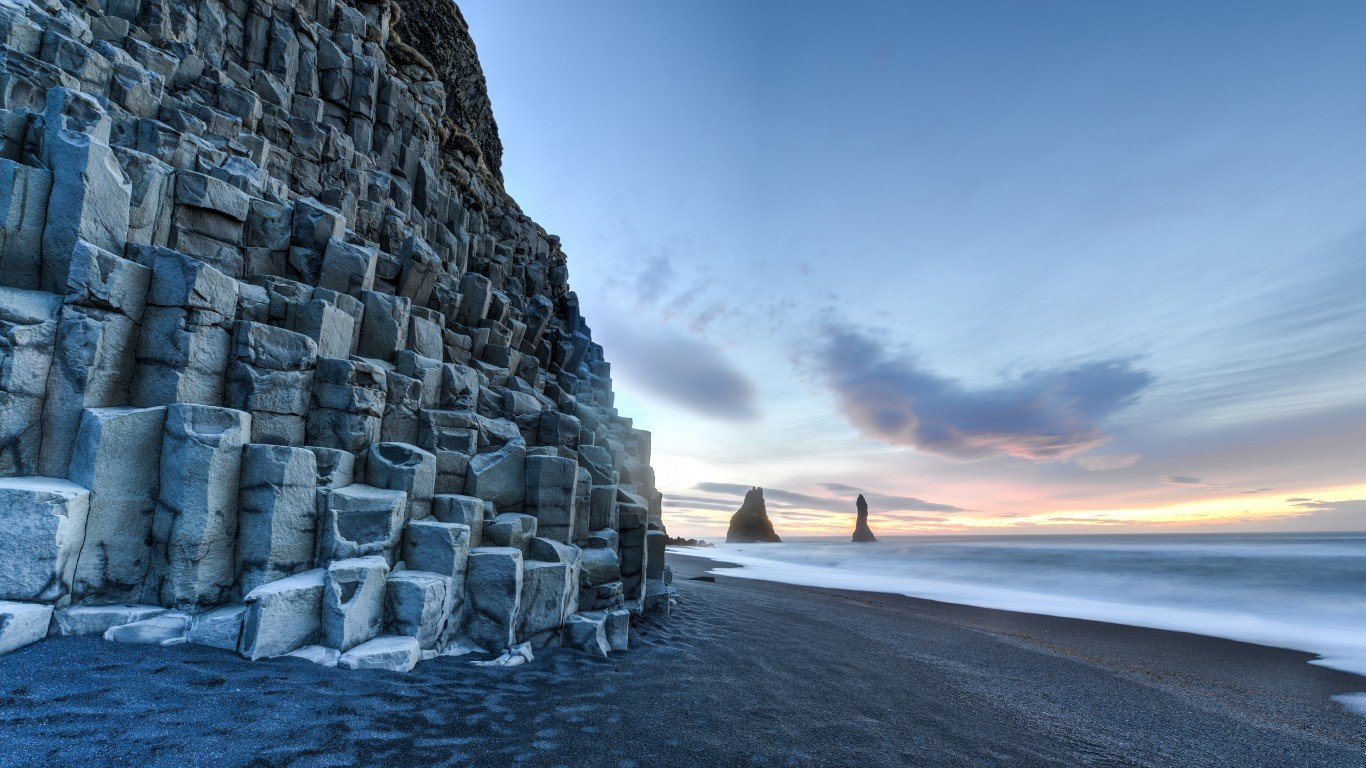
Outside the village of Vík í Mýrdal on the southern coast of Iceland is the Reynisfjara black sand beach. The beach is lined with massive volcanic formations called basalt columns that house thousands of nesting seabirds, including puffins. Due to the hazardous riptides and large, dangerous waves that randomly reach much further up the shore than expected, swimming is prohibited.
Banaue Rice Terraces, Philippines

Built over 2000 years ago by the Ifugao people, the Banaue rice terraces are a vast network of irrigated rice paddies — many of them still in use — that span several villages. The terraces resemble giant stairsteps carved into the mountains and are estimated to cover 4,000 square miles.



